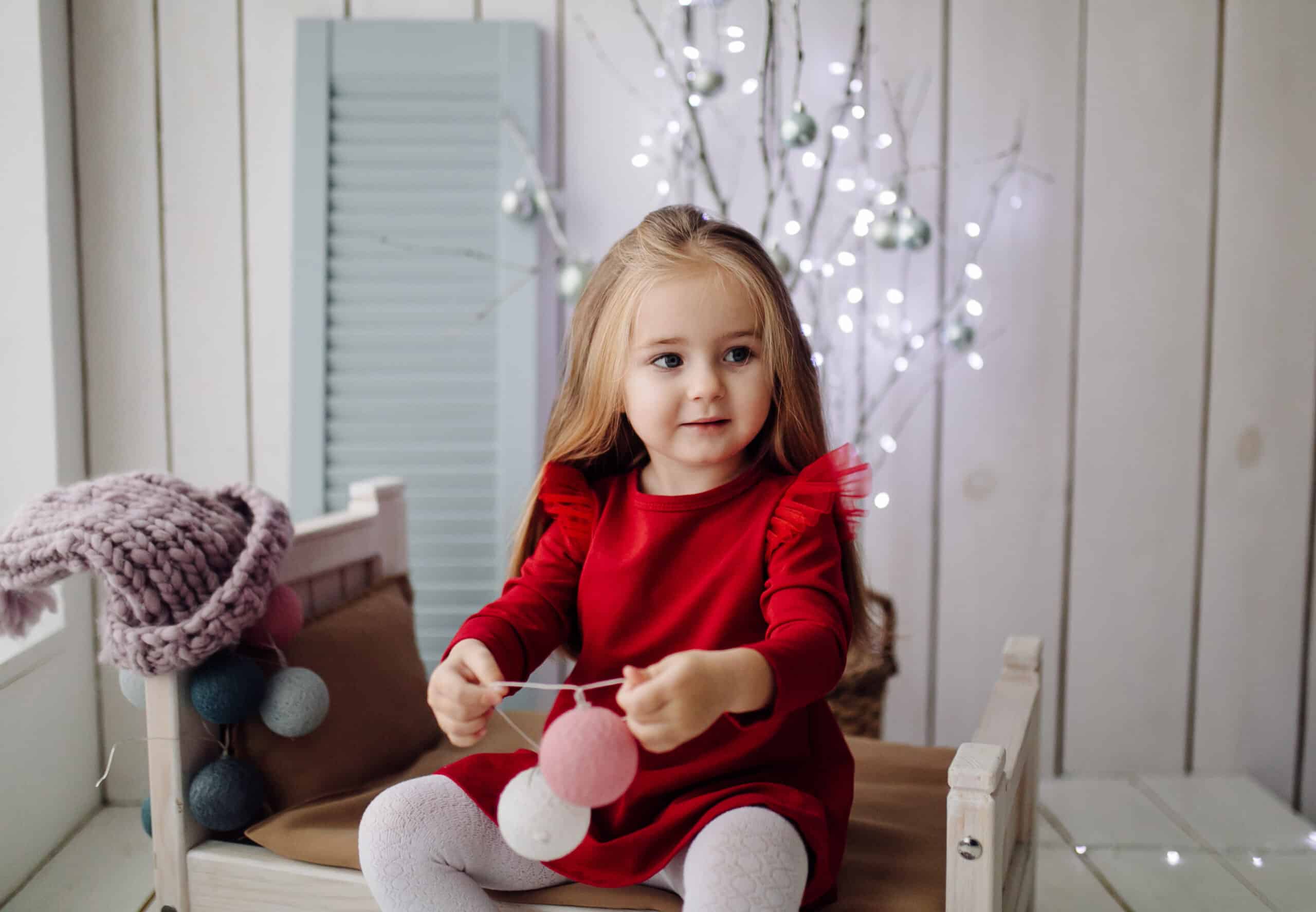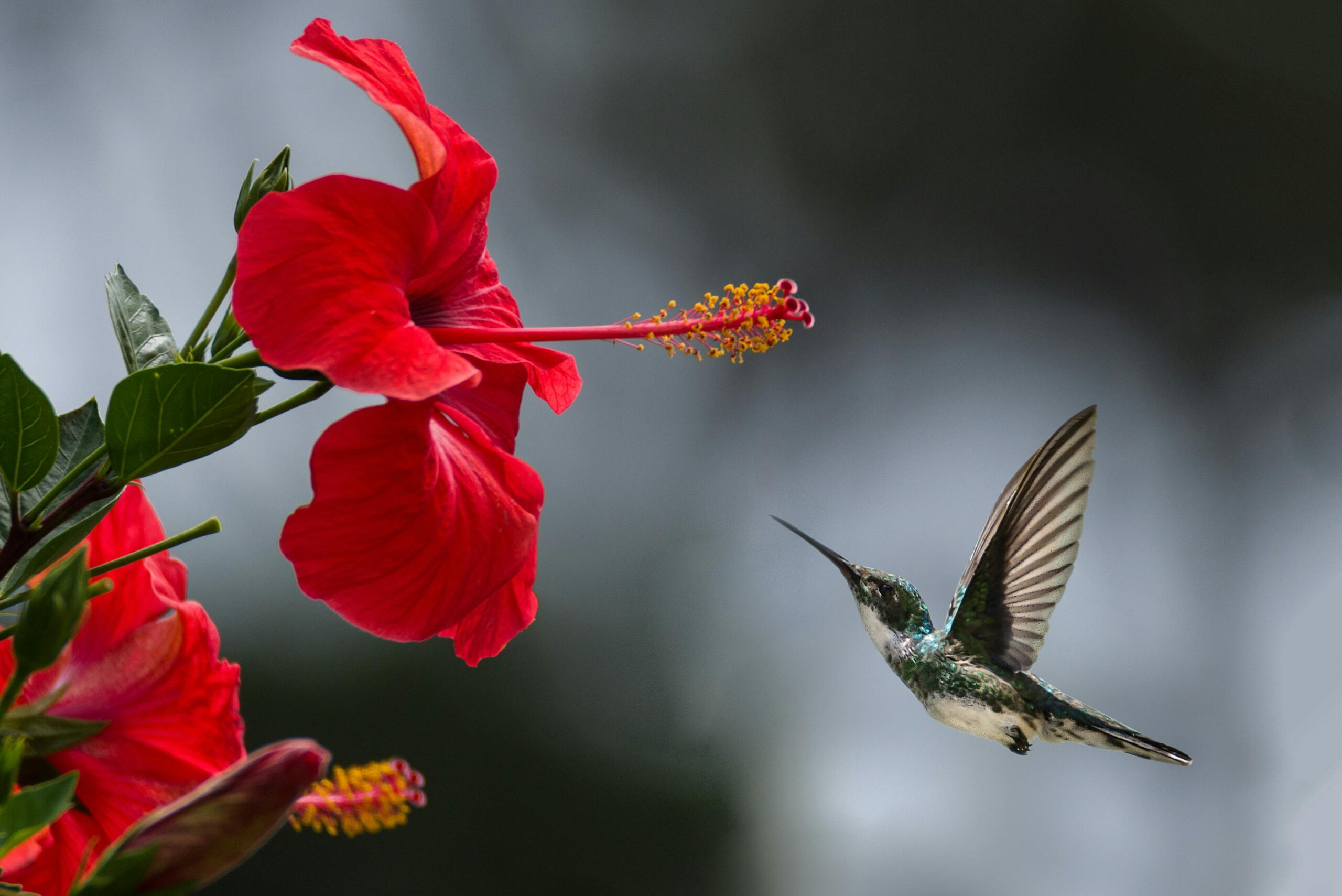- LIFE
100 Elegant Russian Girl Names


Attracting hummingbirds to your garden can transform it into a vibrant, lively space filled with the delightful hum of these agile creatures. Their presence not only adds beauty but also plays a crucial role in pollination. To create a welcoming environment for hummingbirds, it’s essential to understand their preferences and select the right flowers. This guide provides a comprehensive look at the flowers hummingbirds like, offering practical advice for gardeners and bird enthusiasts alike.
Hummingbirds are drawn to bright colors and tubular-shaped flowers, which provide easy access to nectar. These tiny birds have a high metabolism, requiring them to consume large amounts of nectar daily. Flowers that are rich in nectar and bloom profusely are ideal for attracting them. Understanding these preferences is the first step in creating a hummingbird-friendly garden.
Selecting the right flowers is crucial for attracting hummingbirds. Here are some of the top choices:
This vigorous climber features bright orange-red flowers that are a favorite among hummingbirds. The trumpet-shaped blooms provide easy access to nectar, and its long blooming season makes it a reliable food source.
Known for its vibrant red, pink, or purple blooms, bee balm is highly attractive to hummingbirds. Its long-lasting flowers are not only rich in nectar but also add a splash of color to any garden.
This striking plant features tall spikes of bright red flowers. Hummingbirds are particularly drawn to its intense color and the ample nectar it provides.
With numerous varieties available, salvia offers a range of colors from red to purple. These flowers are rich in nectar and bloom throughout the growing season, making them an excellent choice for hummingbird gardens.
The unique, spurred flowers of columbine are a favorite among hummingbirds. Available in various colors, these plants are both visually appealing and a great nectar source.
Known for its pendulous, tubular flowers, fuchsia is highly attractive to hummingbirds. The vibrant shades of red and purple provide a rich nectar source.
Also known as beardtongue, penstemon features tubular flowers that are perfect for hummingbirds. The plant is available in several colors, including red, pink, and purple.
Lupines produce tall spikes of pea-like flowers in various colors. Their structure and abundant nectar make them a great addition to a hummingbird garden.
This climbing plant produces clusters of tubular flowers that are rich in nectar. The bright red or orange blooms are particularly attractive to hummingbirds.
While primarily known for attracting butterflies, the butterfly bush also appeals to hummingbirds. Its fragrant, cone-shaped flowers are available in a range of colors and provide ample nectar.
Proper care is essential to ensure that your hummingbird-attracting flowers thrive. Here are step-by-step care instructions for each featured flower:
Plant in full sun and well-drained soil. Prune regularly to control its growth and encourage more blooms. Water deeply but infrequently once established.
Grow in full sun to partial shade with rich, moist soil. Deadhead spent blooms to encourage continuous flowering. Divide clumps every few years to maintain vigor.
Plant in moist, rich soil with partial shade. Water regularly to keep the soil consistently moist. Mulch to retain moisture and suppress weeds.
Provide full sun and well-drained soil. Water moderately and allow the soil to dry out between waterings. Cut back after flowering to encourage a second bloom.
Grow in partial shade with well-drained soil. Water regularly during dry spells. Allow seed pods to develop for natural reseeding.
Plant in partial shade with fertile, well-drained soil. Water regularly, especially during dry periods. Pinch back new growth to encourage bushiness.
Provide full sun and well-drained soil. Water sparingly once established. Deadhead to prolong the blooming period.
Plant in full sun with well-drained soil. Water moderately and avoid overwatering. Cut back after flowering to encourage new growth.
Grow in full sun to partial shade with well-drained soil. Water regularly during the growing season. Prune after flowering to maintain shape.
Provide full sun and well-drained soil. Water regularly during dry spells. Prune heavily in late winter or early spring to encourage vigorous growth.
Maintaining a hummingbird-friendly garden requires attention throughout the year. Follow this seasonal checklist to ensure your garden remains a vibrant haven:
Gardening can present challenges, but understanding common issues and their solutions can help you maintain a thriving hummingbird garden.
Aphids, spider mites, and whiteflies are common pests that can affect hummingbird-attracting flowers. Use insecticidal soap or neem oil to control infestations. Encourage beneficial insects like ladybugs to naturally reduce pest populations.
Powdery mildew and root rot are common diseases. Ensure proper air circulation and avoid overhead watering to reduce mildew. Use well-drained soil and avoid waterlogging to prevent root rot.
Having the right tools and following safety practices can make gardening more enjoyable and efficient. Here are some essential tools and tips:
By selecting the right flowers and providing proper care, gardeners can create a vibrant space that attracts hummingbirds. With attention to seasonal maintenance and troubleshooting, your garden can become a sanctuary for these delightful creatures. Embrace the beauty and joy that hummingbirds bring, and enjoy the fulfillment of nurturing a thriving ecosystem in you